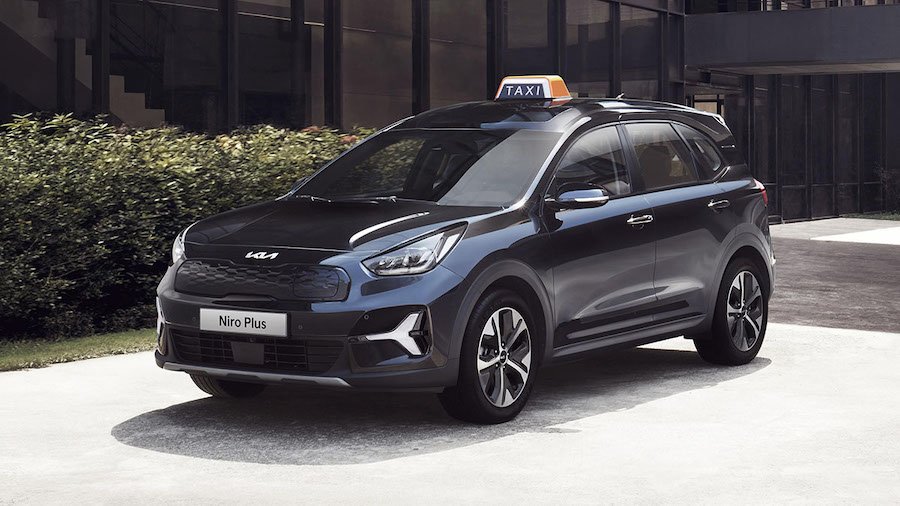2022 Kia Niro Plus Revealed For Taxi Operators And Ride-Hailing

Kia is more than just an automaker as the South Korean company likes to call itself a "sustainable mobility solutions provider." Marketing jargon aside, the description refers to its intentions of selling purpose-built vehicles. A dedicated lineup of PBVs will be inaugurated in 2025, and until then, existing models are being converted for specific purposes.
Leading the way is the Niro Plus, tailored to taxi operators and ride-hailing, but also conceived as a regular model for private owners to go camping or other similar leisure activities. Based on the crossover's previous generation, the vehicle has been stretched by 10 millimeters (0.4 inches) to offer more legroom. The most obvious change is the taller roof as height has increased by 80 mm (3.1 in) for added headroom for rear passengers.
Kia mentions the Niro Plus will be sold at home as well as in overseas markets, with Australia being one of them. The plan is to sell the roomier crossover as a PHEV and EV, with the taxi derivative being based on the latter. To maximize interior space beyond the gains obtained by making the body bigger, the vehicle has thinner door cards and seats.
To facilitate access, there are grab handles mounted on the B-pillars, while door reflectors have been installed for added passenger safety. The rest of the interior is largely the same, but Kia will install an all-in-one display for the taxi version. It'll include a digital tachograph, taximeter, and navigation, while support for voice control and OTA updates has also been confirmed.
Come 2025, the first dedicated PBV is said to be a midsize vehicle "with inherent scalability" and will help Kia attempt to achieve its target of becoming a market leader in the PBV segment by 2030.
Meanwhile, the Niro Plus joins the Ray Van introduced in Korea back in February as the first single-seater van created specifically for small cargo delivery services.
Related News
